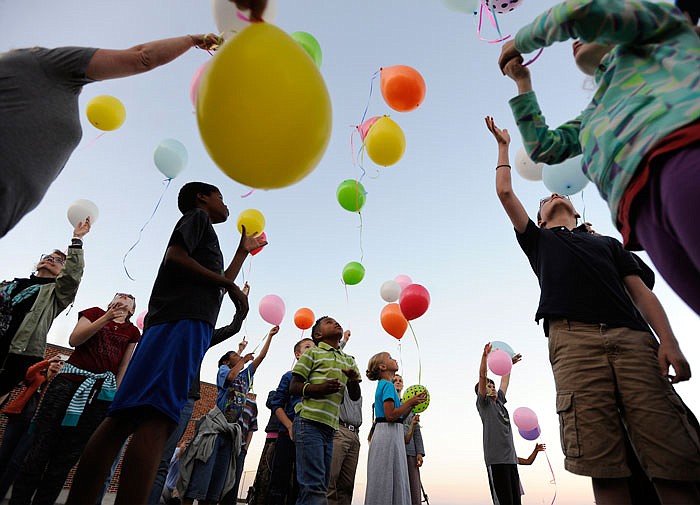As the need for foster homes has increased nationwide, Missouri has met the demand through use of non-relative homes, according to data from the Chronicle of Social Change.
The CSC is an online news publication dedicated to solution-based news coverage of child welfare, juvenile justice, mental health and educational issues faced by vulnerable children.
In October, it released a reporting project that describes the foster care system's capacity for care in each state by looking at the number of youth in care, number of available foster homes and reliance on relatives.
The report - "Who Cares: A National Count of Foster Homes and Families" - takes data from each state. It shows Missouri has increased its number of non-relative foster homes from 1,971 in 2012 to 2,781 in 2017, an increase of 41 percent.
"Missouri's done a good job of recruiting foster parents to make sure there's enough housing for children entering the system," said Daniel Heimpel, publisher at CSC. "The number of relatives (providing foster homes) has gone up as well. You had growth."
A U.S. Department of Health and Human Services division released data Friday that matches CSC findings, Heimpel said.
The Administration for Children and Families report called the "Adoption and Foster Care Analysis and Reporting System" (AFCARS Report) found that nationally, about 32 percent of children in the system (140,675) were placed in a relative's care. About 45 percent of children (195,360) were placed in non-relative care. Data are for the fiscal year ending in 2017.
State-by-state data was not available Friday.
The data show 269,690 entered foster care in 2017, while 247,631 exited the system.
Nationally, 56 percent of children reunified with their parents, while 27 percent were adopted.
Of the children entering the system in 2017, 47 percent were white, 21 percent were black and 20 percent were Hispanic.
The data show the primary cause of children entering the system during the year was neglect, which accounted for 166,991 children (62 percent) being removed from their homes. Next was drug abuse in the home, 96,720 (36 percent); caretaker inability to cope, 37,057 (14 percent); physical abuse, 33,530 (12 percent); and housing, 27,929 (10 percent).
It was the third year in a row that the AFCARS Report attributed a large rise to the opioid epidemic, according to the CSC.
Other causes were child behavior problems, parent incarceration, alcohol abuse, abandonment, sexual abuse, child drug or alcohol abuse, child disability, relinquishment and parent death.
"The narrative around the increasing number of children entering foster care for the last couple of years is the opioid epidemic," Heimpel said. "That's part of the story. To a degree, it's driven this five-year rise in numbers."
Although some of the upward trend over the period can be attributed to the opioid epidemic, he said, there seems to be a plateauing effect happening now.
While the federal numbers look at foster care nationally through September 2017, CSC has some state-by-state data for 2018, he said.
"We looked at the same question this year. The numbers are starting to tick down a little bit," he said.
The data show the number of youth in foster care has held relatively steady - it dipped about 1.2 percent nationally. However, in Missouri, the number is up about 10.5 percent.
"The numbers have gone up in your state, which is inconsistent with what is happening nationally," Heimpel said. "But, it seems that in the face of rising numbers, Missouri has found places for those children."

